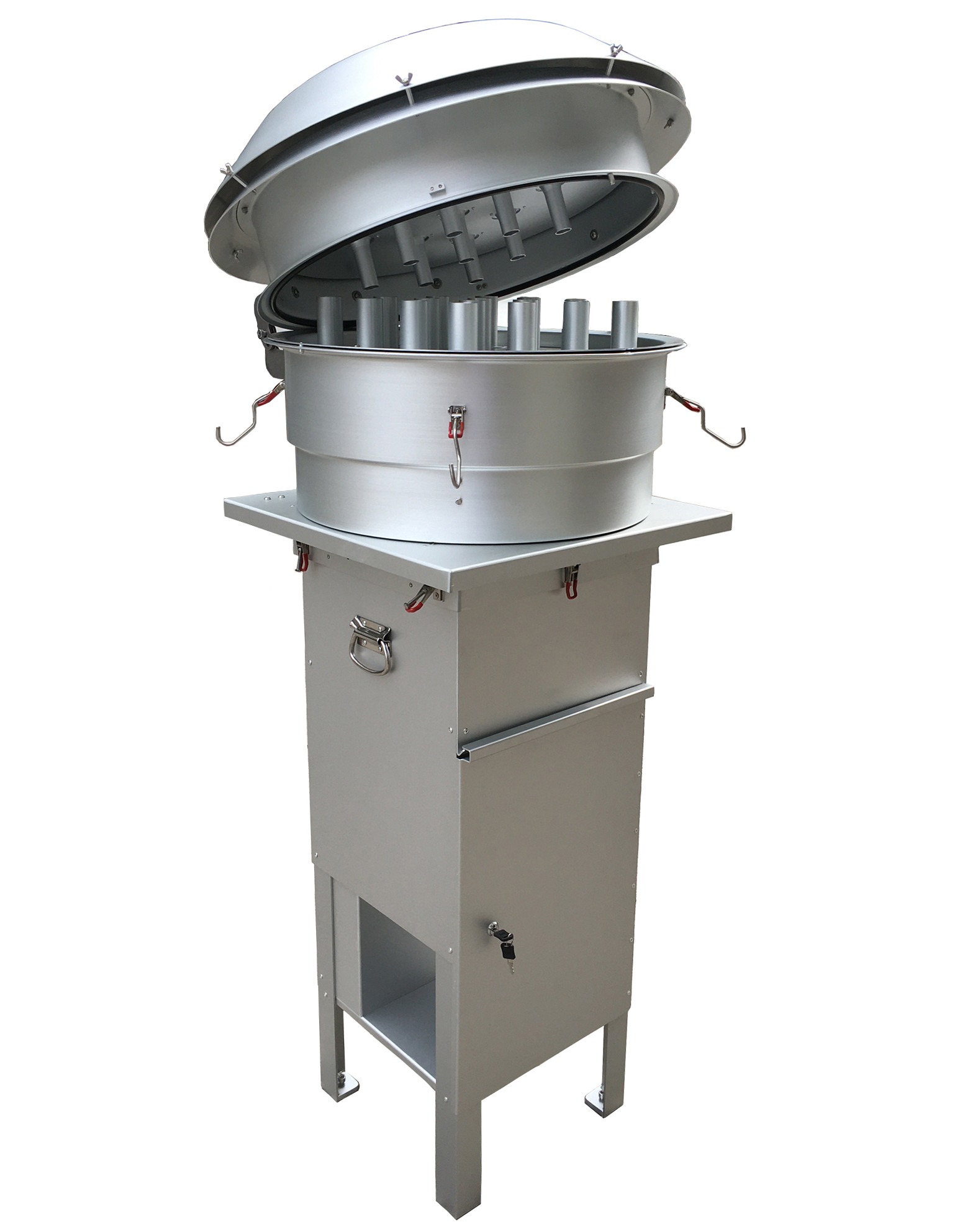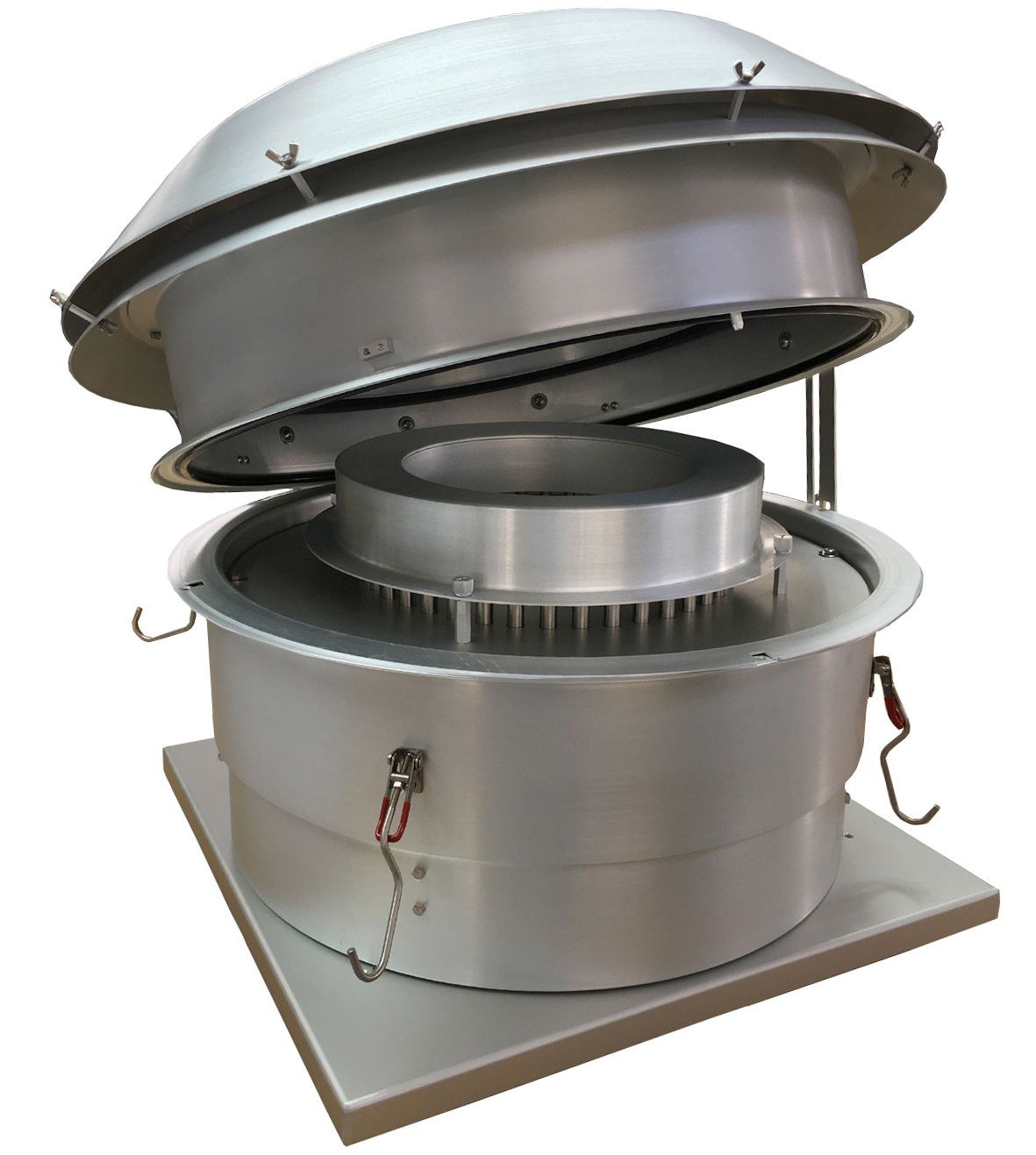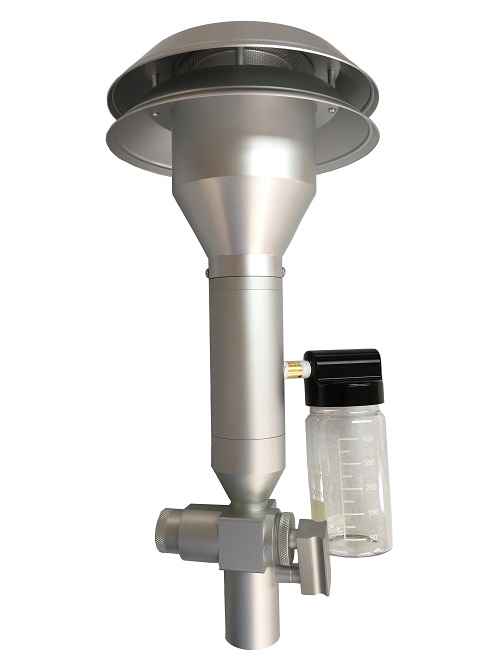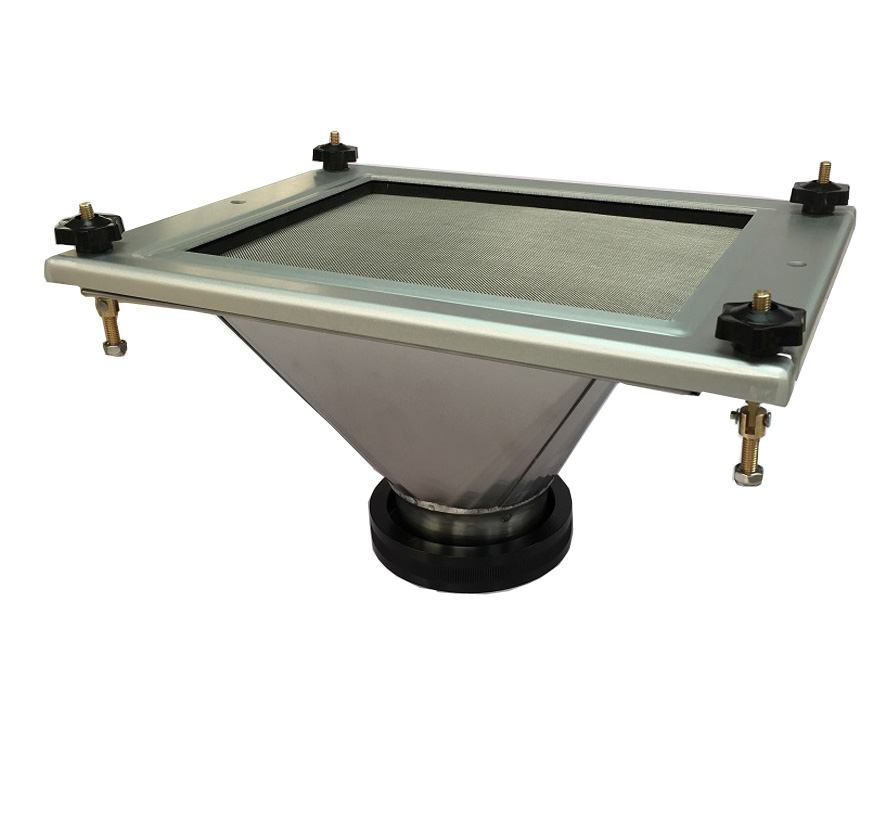The quest for a clean and safe breathing environment is a critical aspect of public health and ecological well-being. At the heart of this pursuit are air samplers – vital instruments that play a pivotal role in detecting and analyzing airborne contaminants. These devices are not only essential for monitoring air quality but also for ensuring compliance with environmental regulations and safeguarding human health. In this article, we delve into the specifics of what an air sampler is, explore its working principles, and examine the various types available, along with their applications and importance in various settings.
Defining Air Samplers
An air sampler is a sophisticated instrument engineered to capture and scrutinize air constituents from designated locations, whether it be a bustling factory floor, a sterile research facility, or the great outdoors. These devices are integral to a myriad of sectors, including industrial enterprises, scientific research labs, healthcare institutions, and agencies dedicated to environmental surveillance. The core purpose of an air sampler is to trap airborne entities—ranging from particulate matter and chemical pollutants to biological contaminants—and evaluate their concentrations and potential impacts.
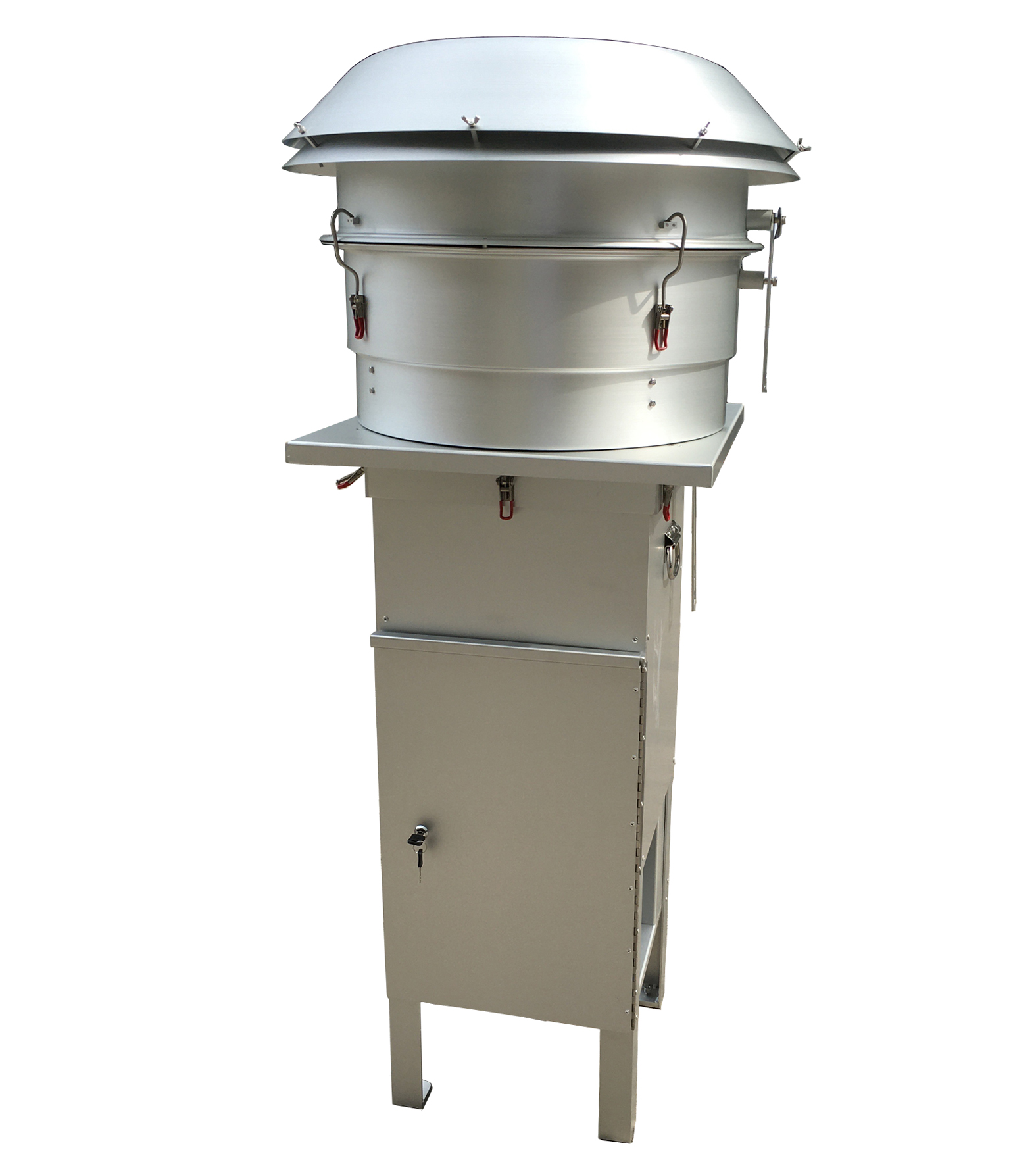
What Is The Functionality Of Air Samplers?
Air samplers work on the principle of active or passive sampling, depending on the specific requirements of the application. Let's explore both methods:
Active Sampling
Active air samplers actively pull air into the sampling instrument using a pump or fan. Particles and microbes are caught as the air passes through a collecting media, such as a filter or impactor plate. Microscopy, culture procedures, and molecular tests can all be used to evaluate the materials that have been obtained.
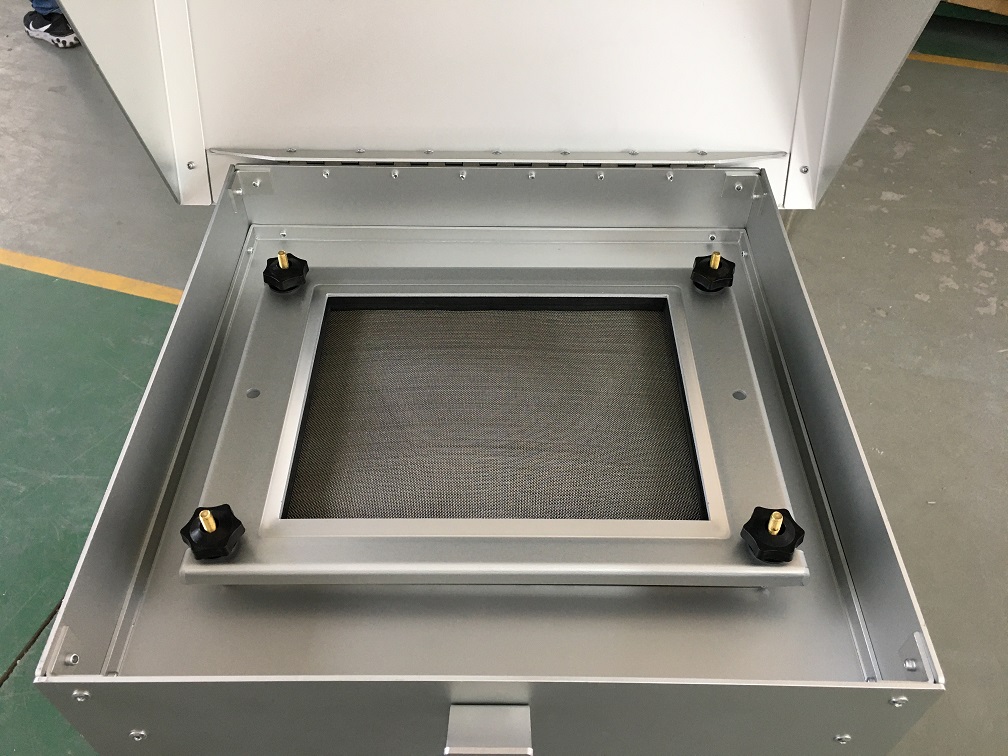
TSP Cabinet For Outdoor Air Sampling Equipment
Passive Sampling
Passive air sampling involves the use of passive devices that rely on natural air movement to capture particles or gases. These devices, such as diffusion tubes or sorbent-based samplers, do not require an external power source. They are strategically located in the target region and use diffusion or adsorption principles to gather air samples over a set length of time. The gathered materials are then examined in a laboratory environment.
Applications Of Air Samplers
Air samplers play a crucial role in several fields, including:
Environmental Monitoring: Assessing air quality in outdoor environments, industrial areas, and near pollution sources to monitor particulate matter, volatile organic compounds (VOCs), and other pollutants.
Indoor Air Quality Assessment: Ensuring healthy living or working environments by assessing for allergens, mold spores, volatile compounds, and other pollutants.
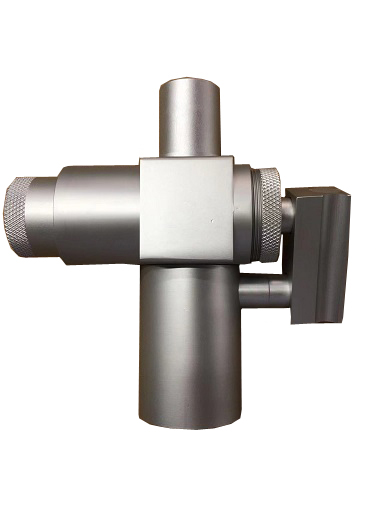
Indoor Air Quality Assessment: Ensuring healthy living or working environments by assessing for allergens, mold spores, volatile compounds, and other pollutants.
Occupational Safety And Health: Evaluating occupational exposure levels to protect employees' health and ensure compliance with safety regulations.
Microbiological Studies: Detecting airborne microbes in healthcare settings, research laboratories, and cleanrooms to prevent the spread of infectious diseases.
Conclusion: Choosing the Right Air Sampler
In conclusion, air samplers are indispensable in the systematic monitoring and analysis of air quality across diverse environments. When selecting an air sampler, it's essential to consider the specific application, whether for environmental monitoring, indoor air quality assessment, occupational health, or microbiological studies. T4 AIR SAMPLER stands ready to assist you with a comprehensive range of high-quality air samplers, including models designed for PM2.5, PM10, and TSP measurements, all available at competitive prices. Explore our selection to find the perfect solution that meets your air quality monitoring needs.
FAQ Section:
1. How do air samplers differ from regular air quality monitors?
Air samplers and air quality monitors are both critical tools for assessing air quality, but they serve different purposes. Air samplers are designed to collect samples of airborne particles, gases, or microbes for detailed analysis in a laboratory setting. They can provide comprehensive data on the types and quantities of pollutants present. In contrast, air quality monitors are typically used for continuous monitoring and provide real-time data on the concentration of specific pollutants in the air.
2. Can air samplers detect both particulate matter and gases?
Yes, modern air samplers are versatile and can be equipped to detect a wide range of airborne contaminants, including both particulate matter (PM) such as dust, pollen, mold spores, and soot, as well as gases like volatile organic compounds (VOCs), sulfur dioxide (SO2), and nitrogen oxides (NOx). The specific capabilities of an air sampler will depend on its design and the collection media used.
3. Are there air samplers suitable for personal use, or are they just for professional settings?
Air samplers come in various sizes and complexities, catering to a broad spectrum of users. While many professional-grade air samplers are used in industrial, research, and healthcare settings, there are also simpler devices available for personal use. Personal air samplers can be used by individuals interested in assessing the air quality in their homes or personal workspaces. These devices are typically smaller, more portable, and easier to operate than their professional counterparts.


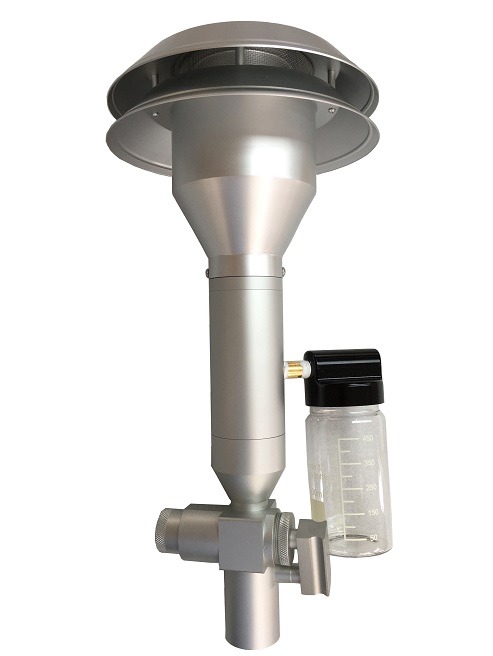
.jpg)
